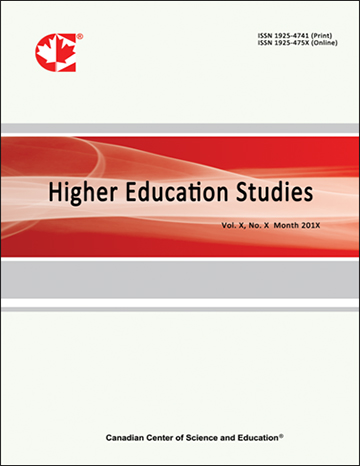Guidelines for the Development of Thai Reading and Writing under the COVID19 Situation of Grade 1 Students at Huai Ton Na Fai Educational Quality Development Center
- Piyaporn Seesun
- Ninmani Tharintharawat
- Teerasit Sawat
- Boonchom Srisa-ard
- Songsak Phusee-orn
- Yannapat Seehamongkol
- Apantee Poonputra
Abstract
This research aimed to 1) study current conditions and problems in the development of reading and writing Thai language under the situation of COVID-19 of Grade 1 students at Huai Ton Na Fai Educational Quality Development Center; and 2) study the guidelines for the development of Thai reading and writing under the situation of COVID-19 of Grade 1 students at Huai Ton Na Fai Educational Quality Development Center. This mixed method research was divided into 2 phases: Phase 1: studied current conditions and problems from the sample group consisted of 138 participants from 8 schools; and Phase 2 studied the guidelines for the development from 12 experts through a focus group discussion. Research tools used in the research were an interview form and a questionnaire with 0.977 of reliability. The data were analyzed using frequency, percentage, mean, standard deviation, and content analysis. The results on the study of the current conditions and problems on Thai reading and writing revealed that the policy in practicing reading and writing skills and the selection of the 5 “On”s (On Site, On Air, Online, On Demand, and On Hand) were operated the highest which was accounted for 100%. On the other hand, the lowest current operating conditions were the readiness of learning management of parents and the creation of a conducive atmosphere for students to concentrate on their studies which were accounted for 89.90%. In addition, the study also showed that, in general, the average mean score and standard deviation of the development problem are 3.07 and 1.21, respectively. For the development guidelines, the recommendations are as follows. 1) In term of the on-site learning’s concept, method, and process, it is suggested that the students should be divided into a small group to reduce a class size. Further, an MOU with parents should be made and equipment and safety management policies should be established using the agency's budget. 2) Owing to the on-hand learning development guidelines, the study suggests that teachers should explain clearly about the worksheets to parents, choose an appropriate learning style and minimize home visits for a safety reason, and study to find methods and approaches that are appropriate for the situation. In addition, parents should record videos of reading and writing and send to teachers. Finally, the professional development of teachers should be promoted. 3) In order to promote the Thai reading and writing competence and skills, a time should be allocated for students to meet with teachers and classmates to reduce stress, the learning media and technology should be provided, the authentic measurement and assessment should be applied with the necessary indicators, the reading habit should be built, and a reading and writing competition should be organized. 4) A reading habits project, a delivery project, and a learning innovation project should be organized to develop the Thai reading and writing skills.
- Full Text:
 PDF
PDF
- DOI:10.5539/hes.v13n2p14
Index
- AcademicKeys
- CNKI Scholar
- Education Resources Information Center (ERIC)
- Elektronische Zeitschriftenbibliothek (EZB)
- EuroPub Database
- Excellence in Research for Australia (ERA)
- Google Scholar
- InfoBase
- JournalSeek
- Mendeley
- Open Access Journals Search Engine(OAJSE)
- Open policy finder
- Scilit
- Ulrich's
- WorldCat
Contact
- Sherry LinEditorial Assistant
- hes@ccsenet.org
